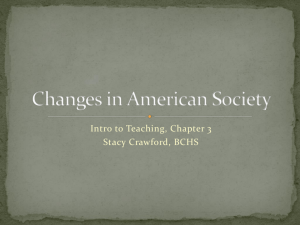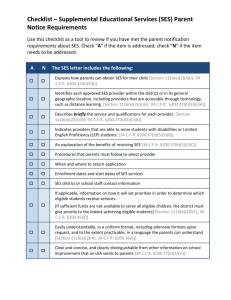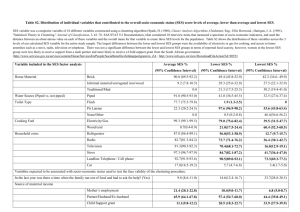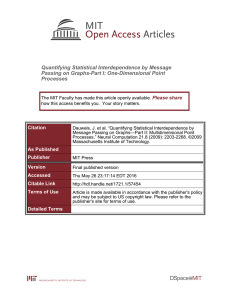Amount of Trauma Time
advertisement
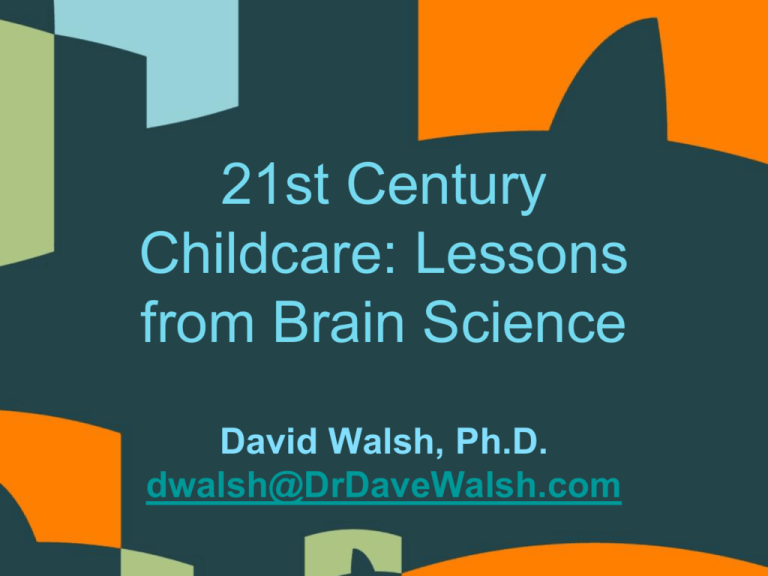
21st Century Childcare: Lessons from Brain Science David Walsh, Ph.D. dwalsh@DrDaveWalsh.com www.drdavewalsh.com www.twitter.com/DrDaveWalsh www.facebook.com/MindPositiveParenting For email news text (612) 616-3223 www.drdavewalsh.com * www.twitter.com/DrDaveWalsh * www.facebook.com/MindPositiveParenting CELL BODY Dendrites Myelin sheath AXON Schwann cell Node of Ranvier Synaptic terminals Nucleus Synapses Neurons: Building Blocks of the Brain •100,000,000,000 neurons at birth •Each has about 10,000 dendrites (branches) •1,000,000,000,000,000 possible configurations •17% of the neurons are wired at birth Twin Drivers •Genetics---”hard wiring” •Experience—”The neurons that fire together wire together.” •Whatever the brain does a lot of is what it gets good at. The Brain’s Growth Spurts •The neurons that fire together wire together •Blossoming - Pruning Sequence •Window of Opportunity •Window of Sensitivity CELL BODY Dendrites Myelin sheath AXON Schwann cell Node of Ranvier Synaptic terminals Nucleus Synapses “Mental Operating System” •Many forms of memory - Explicit I remember something and I can recall when, where, how etc. - Implicit Memory--I remember something, but I do not recall how or why I remember it. Implicit Memory •We have many more implicit memories than explicit memories. •A baby is forming implicit memories for many months before she can form her first explicit memory. •Early implicit memories function as the “mental operating software.” Brain’s Response to Threat Brain’s first pri0rity is survival Some brain circuits act as “interstates” Response to threat is a hard wired “interstate.” Infant Response Birth upsets the apple cart. We outsource stress response to caregivers. Eventually a mature cortex allows us to self regulate. Stress Response and Attachment We humans outsource stress response calming. We humans are wired to attach. Attachment Present Attentive Attuned Responsive Connection and Learning Stress, anxiety, and threat shift brain activity from the cortex to lower brain regions. This interferes with thinking, problem solving. Cortisol interferes with memory. Importance of Connection in the Classroom The most important minutes are before class. “Four at the door” Name Eye Hand Heart Importance of Faces Fusiform gyrus is a brain circuit dedicated to recognizing and interpreting faces. Children interpret the world through the facial expressions of their caregivers. Amount of Trauma Traumatic Event Time Trauma and Early Childhood Brain Development Adrenaline and cortisol “shower” Cortisol affects hippocampus (memory registration center) Repeated high levels of cortisol do permanent damage to hippocampus. Phonemic Awareness: Building Block for Language The ability to distinguish different sounds. Window of opportunity open widest in first three years of life. Media interferes; “parentese” Strong predictor of reading ability in school. Children not in poverty hear 300% more words per day than children in poverty. Talk, talk, talk, read, read, read! Poverty and Brain Development Is There a Gap? There is a worrisome gap between low and middle SES children in many areas of cognitive development. As measured by Bailey Infant Behavior Scales. As measured by IQ and other cogntive aptitude tests. As measured by academic achievement tests. The Differences Are Significant In a measure of intelligence (IQ) of a group of 50 low SES six-year-olds the average score was 81. Only 20% scored at 90 or higher. Neuroscientists Have Studied... Prefrontal executive system (impulse, attention, flexible thinking) Left perisylvian language system (suntax, semantics, phonology) Working memory Spatial reasoning Visual cognition (pattern recognition Biggest Gaps The biggest gaps between low and middle SES children was in prefrontal executive function, language, memory and working memory. (Martha Farah et al U of Pennsylvania) Also differences in spatial reasoning. Chicken or Egg? Does low SES environment cause cognitive deficits or do people with cognitive deficits end up in low SES? Evidence is clear that low SES is the cause. Twin studies. Adoption studies. Causes--Physical Nutrition (considered a contributor, not cause) Iron deficiency Protein deficiency Lead Exposure Drug Abuse (especially prenatal) Causes--Environment 300% difference between number of words heard/day between low and middle SES. Hours of one on one picture book reading prior to kindergarten 25 hours for low SES 1,700 for middle SES Causes--Stress Impact of cortisol on memory Impact of stress on learning Stress dysregulation Remedies Parent education Early childhood education eg Headstart Community resources Libraries, museums etc. Providing brain building resources eg. books, puzzles, games, Resources Martha Farah, University of Pennsylvania Helen Neville, University of Washington www.changingbrains.org Importance of Free Play Childhood creativity leads to adult creativity. Free play lets the child develop language, test and try, make mistakes, adapt, create, problem solve, role-play, discover, imagine, cooperate, take turns, be flexible, meet the unpredictable, feel, risk, negotiate, plan, make-believe, and resolve conflicts..

